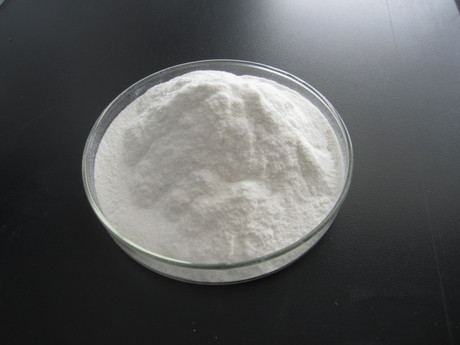Sodium carboxymethyl cellulose (Na CMC) is used for its thickening and swelling properties in a wide range of complex formulated products for pharmaceutical, food, home, and personal care applications, as well as in paper, water treatment, and mineral processing industries.
To design Na CMC solutions for applications, a detailed understanding of the concentration-dependent rheology and relaxation response is needed. We address this here by investigating aqueous Na CMC solutions over a wide range of concentrations using rheology as well as static and dynamic light scattering. The concentration dependence of the solution specific viscosities ηsp could be described using a set of three power laws, as predicted from the scaling theory of polyelectrolytes.
Alternatively, a simpler approach could be used, which interpolates between two power law regimes and introduces only one characteristic crossover concentration. We interpret the observed behavior as a transition from the semidilute nonentangled to the entangled concentration regimes; this transition behavior was not observed in the solution structure, as determined using static light scattering. Dynamic light scattering revealed three relaxation modes.
The two fastest relaxations were assigned as the “fast” and “slow” relaxation modes typically observed in salt-free or not fully screened polyelectrolyte solutions within the semidilute concentration range. The third, typically weak mode, was attributed to the presence of a small amount of poorly dissolved cellulose residuals.
Since filtration altered the solution behavior, without sufficiently removing the residuals, data collection and processing were adapted to account for this, which facilitated a detailed light scattering investigation of the original solutions, relevant for industrial applications. The relaxation time characterizing the fast mode, τf, was concentration independent; whereas the relaxation time of the slow mode, τs, demonstrated similar crossover behavior as observed for the specific viscosity, further demonstrating the dynamic nature of the crossover.



